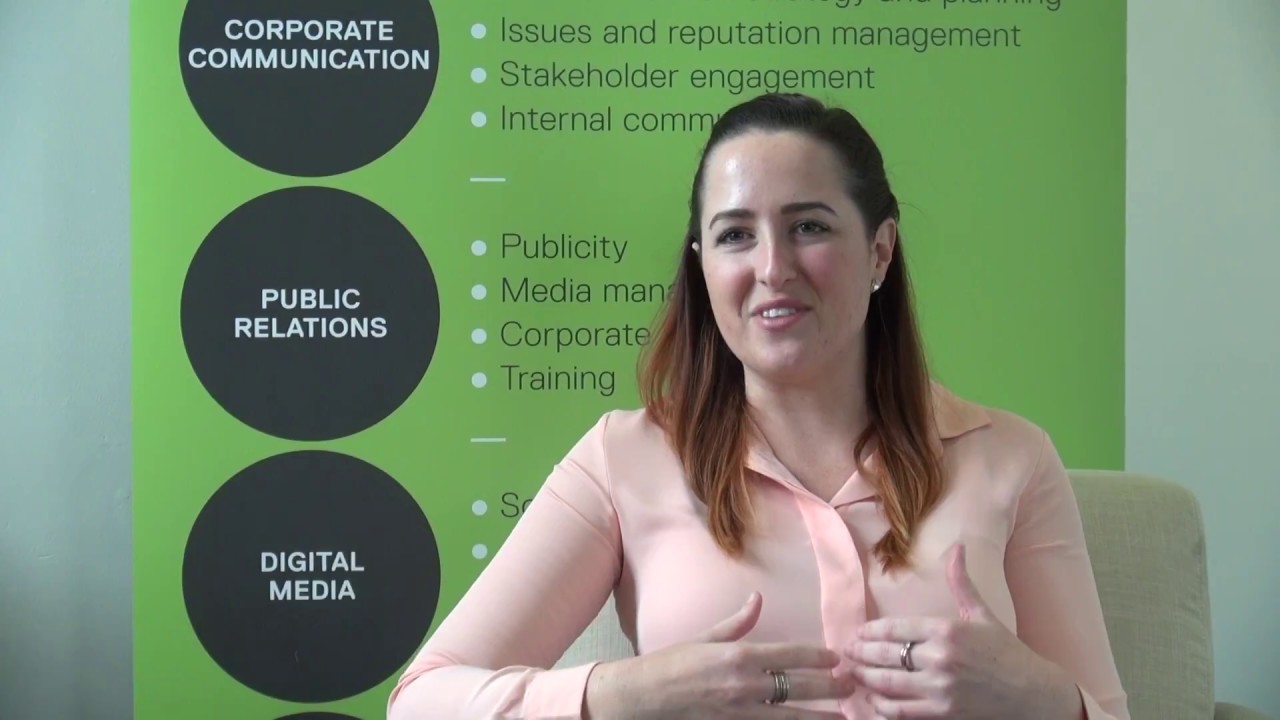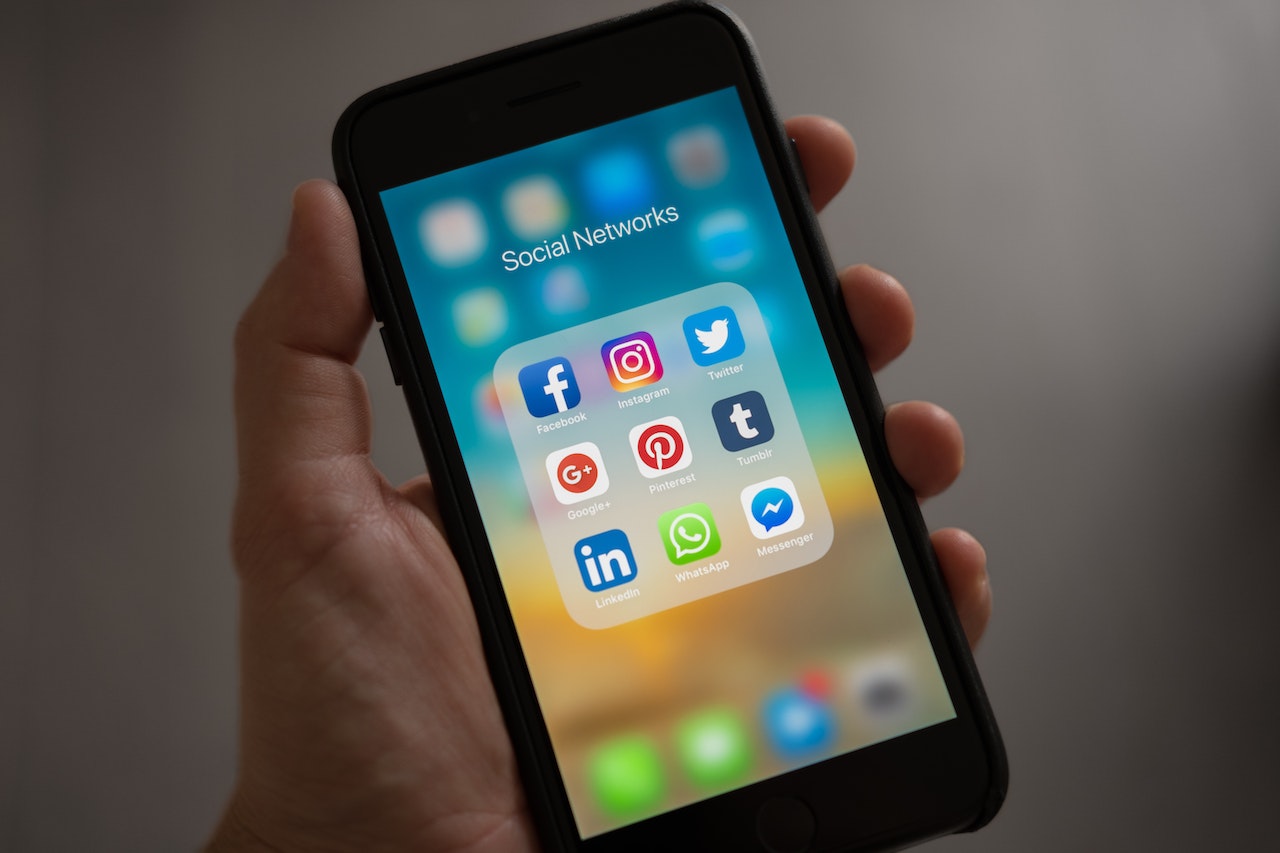Aiming to achieve a successful communications strategy during COVID-19has been a huge challenge to individuals and organizations around the world.
With restrictions on travel, social distancing measures, and economic uncertainty, communication has become more important than ever before.
The pandemic has caused a shift in how people communicate, and organizations have had to adapt to these changes.
In this context, an effective communication strategyhas become a critical tool for businesses to navigate through the challenges posed by the pandemic.
This article explores the key elements of a successful communication strategy during COVID-19, and how organizations can implement them to communicate effectively with their stakeholders.

What is a Communication Strategy?
Define Communications Strategy
A communications strategy is a plan that outlines how an organization will communicate with its stakeholders, including the following:
- customers
- employees
- shareholders
- the public
The purpose of a communications strategy is to help an organization achieve its goals by effectively conveying its messages and building relationships with its audiences.
What Should A Communications Strategy Include?
A communications strategy should include several key components to ensure its effectiveness.
Here are some important elements to consider:
a. Goals and Objectives
Start by defining your goals and objectives for your communications strategy.
Ask yourself these questions:
- What are you trying to achieve?
- Who are you trying to reach?
- What do you want them to do or think?
b. Target Audience
Identify your target audience and understand their:
- needs
- preferences
- behaviors
Doing so will help you tailor your messaging and approach to be most effective, such as when you’re thinking of a successful communications strategy during COVID-19.

c. Key Messages
Develop key messages that align with your goals and objectives and resonate with your target audience.
Keep your messages:
- concise
- clear
- consistent
d. Channels
Determine which channels (e.g., social media, events, or traditional media outlets) are best suited to reach your target audience and deliver your messages effectively.
e. Tactics and Activities
Develop specific tactics and activities to execute your communications strategy, such as these:
- creating content
- scheduling events
- developing advertising campaigns
f. Timeline
Create a timeline that outlines when each tactic and activity will take place, along with any dependencies or deadlines.
g. Measurement and Evaluation
Establish metrics to measure the success of your communications strategy and evaluate its effectiveness.
This might include tracking these things:
- website traffic
- social media engagement
- sales
By including these elements in your communications strategy, you’ll be well-positioned to achieve your goals, reach your target audience, and deliver impactful messaging.
Successful Communications Strategy
Achieving a successful communication strategy during COVID-19 requires a sensitive and adaptive approach that takes into account the unique challenges posed by the pandemic.
Here are some tips that can help:
1. Be transparent.
Be open and honest about your organization’s response to the pandemic.
You should:
- Communicate regularly.
- Provide updates on any changes to your products, services, or policies.
- Address any concerns or questions people may have.
2. Be empathetic.
Acknowledge the challenges that your customers and employees may be facing during the pandemic as well as their feelings and concerns. Offer support where possible.
In an online publication about communicating during a crisis, the U.S. Centers for Disease Control and Prevention (CDC) quoted its former director, Julie Gerberding, about her thoughts on empathy:
“„Empathy is the door that opens your voice to the information that you want to communicate.- Julie Gerberding
Then she added:
“„So, if people can perceive that you actually care about them in a genuine, human way . . . they’re much more willing to listen to anything else that you have to say.- Julie Gerberding
3. Prioritize safety.
Ensure that your communication strategy prioritizes the safety of your customers and employees.
Clearly communicate any safety measures you have put in place and provide information on how tostay safe during the pandemic.
4. Use multiple channels.
To reach your customers and employees, use a variety of communication channels such as:
- social media
- traditional media (e.g., direct mail, magazines and newspapers, TV and radio)
Ensure that your messaging is consistent across all channels.
5. Stay positive.
While it’s important to acknowledge the challenges of the pandemic, try to maintain a positive tone in your communications.
Provide hope and inspiration where possible.
6. Listen and respond.
Be receptive to feedback from your customers and employees. Listen to their concerns and respond promptly and effectively.
7. Stay informed.
Keep up to date with the latest developments related to COVID-19. This will help you to adapt your communication strategy as needed.
By following these tips, you can develop a successful communications strategy during COVID-19 that will help your organization navigate its challenges while maintaining strong relationships with your customers and employees.
Communication During Crisis
Effective communication is critical during a crisis as it can:
- help manage the situation
- minimize the impact of the situation
- provide important information to those affected
- reduce panic and confusion
As the CDC wrote in the same online publication mentioned earlier:
“„Communicating in a crisis is different. In a serious crisis, all affected people take in information differently, process information differently, and act on information differently.- U.S. Centers for Disease Control and Prevention (CDC)
Here are some key principles of effective communication during a crisis, such as when one prepares a successful communications strategy during COVID-19:
a. Be clear and concise.
When communicating during a crisis, it is essential to be clear and concise in your messaging.
Use simple and straightforward language to ensure that everyone can understand the information.
b. Provide accurate information.
Ensure that the information you provide is accurate, up-to-date, and verified. Avoid speculation or rumors that can cause confusion or panic.
c. Provide guidance.
Provide clear guidance on what actions people should take to stay safe and minimize the impact of the crisis.
This can include information on the following:
- evacuation
- sheltering in place
- other protective measures
d. Coordinate with other agencies.
Work closely with other agencies, such as emergency services and local authorities, to ensure a coordinated and effective response.
Again, be transparent, use multiple channels to deliver your message, and show empathy.
Remember these things to attain a successful communications strategy during COVID-19.

Communication During COVID-19 Pandemic
The COVID-19 pandemic is a global outbreak of a respiratory illness caused by a new strain of the coronavirus.
It has significantly impacted the way people communicate with each other.
Here are some of the ways communication has been affected:
1. Increased use of technology
With social distancing measures in place, people have turned to technology to communicate with each other.
Video conferencing platforms like Zoom, Skype, and Google Meet have become essential tools for virtual meetings and social interactions.
2. Greater reliance on online communication
The pandemic has accelerated the shift to online communication.
Online messaging platforms, social media, and email have become more important than ever for keeping in touch with friends, family, and colleagues.
3. Importance of clear and accurate communication
The pandemic has highlighted the need for clear and accurate communication from public health officials and government leaders.
Clear communication can help people understand the severity of the situation and take necessary precautions to prevent the spread of the virus.
4. Challenges in non-verbal communication
Wearing masks and social distancing measures have made it difficult to read facial expressions and body language.
This can make it harder to communicate effectively in some situations.
5. Impact on mental health
The pandemic has also had a significant impact on mental health, and communication has become an essential tool for supporting individuals who are struggling.
Mental health professionals have turned to virtual platforms to provide therapy and support. As for individuals, they have relied on online support groups and social media for connection and validation.
Overall, the pandemic has brought new challenges to communication.
Still, it has also highlighted the importance of crafting a successful communications strategy during COVID-19.

Communication During Coronavirus
How To Measure The Success Of A Communications Strategy?
The success of a communications strategy in general (or a successful communications strategy during COVID-19 in particular) can be confirmed by doing these things:
a. Defining your goals
Once you have defined your goals, you can identify the metrics that will help you measure success.
b. Determining your metrics
Next, you need to determine the metrics (e.g., website traffic, form submissions, and social media engagement) that will help you track progress towards your goals.
c. Setting benchmarks
Once you have identified your metrics, you need to set benchmarks for success.
This involves setting specific targets for each metric, based on your past performance or industry standards.
d. Monitoring and analyzing data
After setting your benchmarks, you need to monitor and analyze data to see how your communications strategy is performing.
This involves:
- collecting data on your chosen metrics
- analyzing the data to see whether you are meeting your benchmarks
- searching for trends over time and identifying any patterns that emerge
Based on your analysis, you may need to adjust your communications strategy to improve its effectiveness.
People Also Ask
What Are The Five Critical Assumptions For A Successful Communications Strategy?
There are various critical assumptions that can influence the success of a communication strategy, but here are five important ones:
- Understanding the target audience
- Setting clear goals and objectives
- Consistency
- Message relevance and timeliness
- Feedback and evaluation
What Are The 4 Pillars Of Communication Strategy?
According to a Forbes article by Sonia Maslovskaya, a communication and public speaking expert and member of Forbes Coaches Council, they are:
- emotional (make your target audience feel something)
- spiritual (“understanding the ‘why’ behind doing what you are doing”)
- intellectual (pertains to “the content of your speech”)
- physical (“your body language, facial expressions, vocal quality, etc.”)
What Are The 5 Communication Styles?
Per Zendesk Blog, they are:
- assertive
- aggressive
- passive
- passive-aggressive
- manipulative
Final Thoughts
To conclude, a successful communication strategy during COVID-19 requires a combination of empathy, transparency, and agility.
Organizations that prioritize clear and honest communication are more likely to build trust and maintain strong relationships during these challenging times.
Indeed, a successful communication strategy during COVID-19 can help organizations emerge stronger and more resilient in the post-pandemic world.
